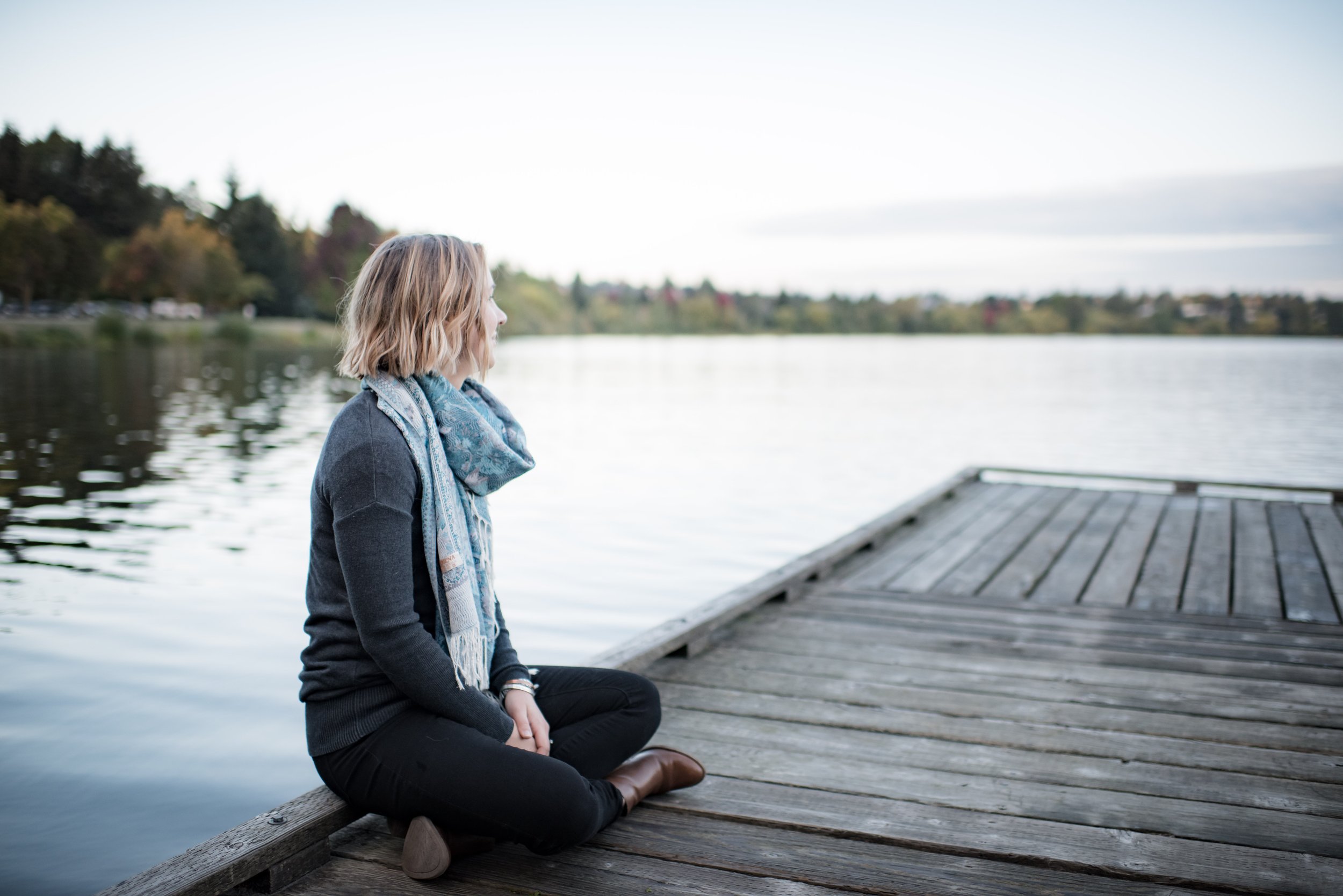- Joe Ragland, LMHCA
- Raiya Al-Ansari, LICSWA
- Nikki Rosen, LMHCA
- Annie Dwyer, LMHCA
- Lauren Williams, LICSWA
- Abe Guevara, LMFTA
- Alison Mariella Désir, LMHCA
- Zoe Vais, LMHCA
- Rebeka Ramsay, LMHCA
- Kelly Smith, LMHCA
- Elena Eykamp, LMFTA
- Drew Benditt, LMHCA, NCC
- Gabby Struve, LMHCA
- Sarah Bjorn, LICSW
- Kristin Biangco, LMFT
- Leslie Hall, LMHC
- Christina Adams, LICSW
- Heather Reid, LICSW
- Nik Thoma, LICSW
- Abimael Torres Rivera, LICSWA
- Sophie Foster, LMFTA
- Briellen Crowley, LICSWA
- Kathryn Stewart, LMHCA
- Madison McElroy, LMHC
- Hayden Comphel, LICSW
- Anne Bornholdt, LMHC, CRC
- Abby Birk, LMFT
- Toni Aswegan, LMHC, NCC, ACS
- Graduate Student Interns



